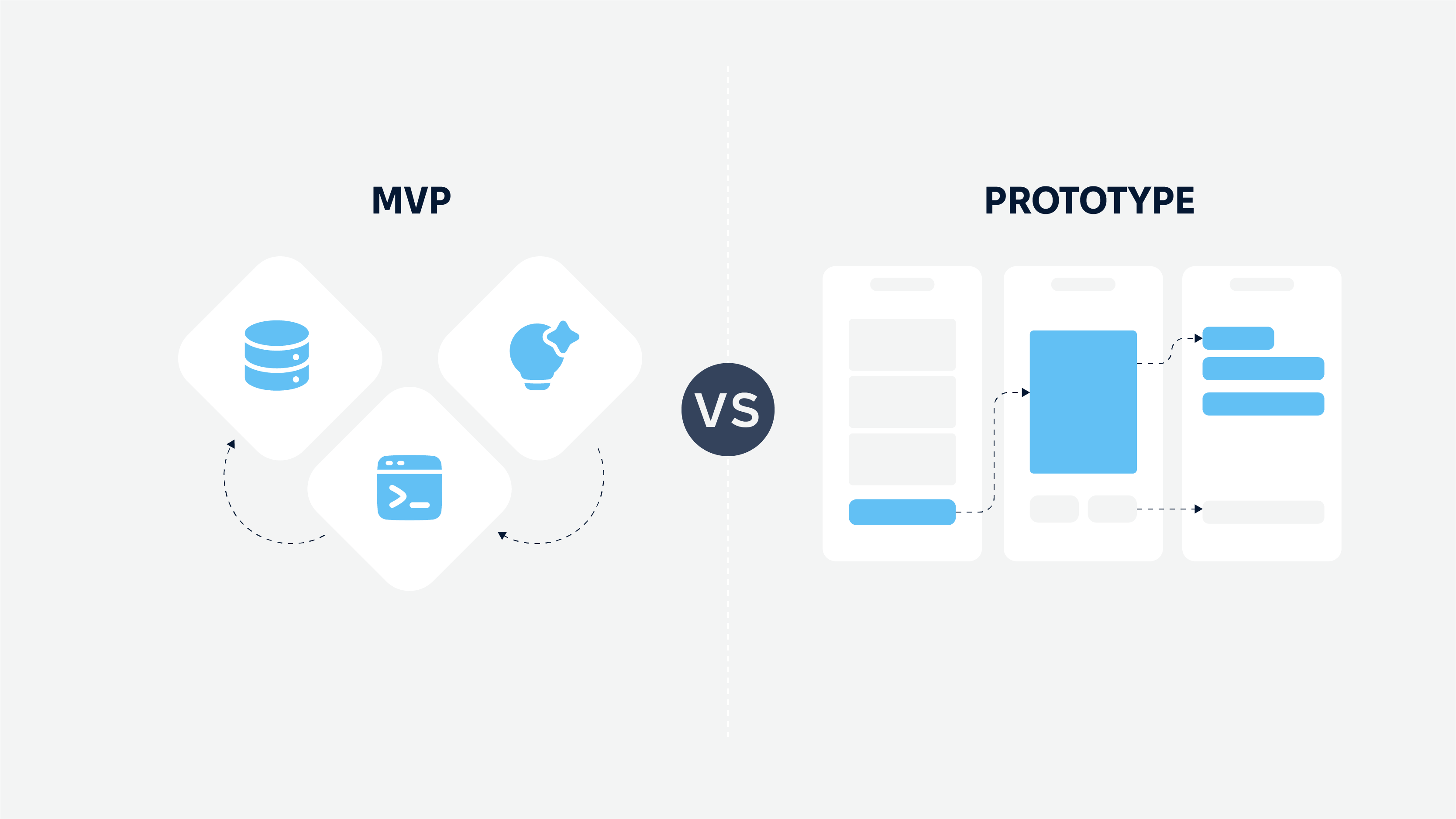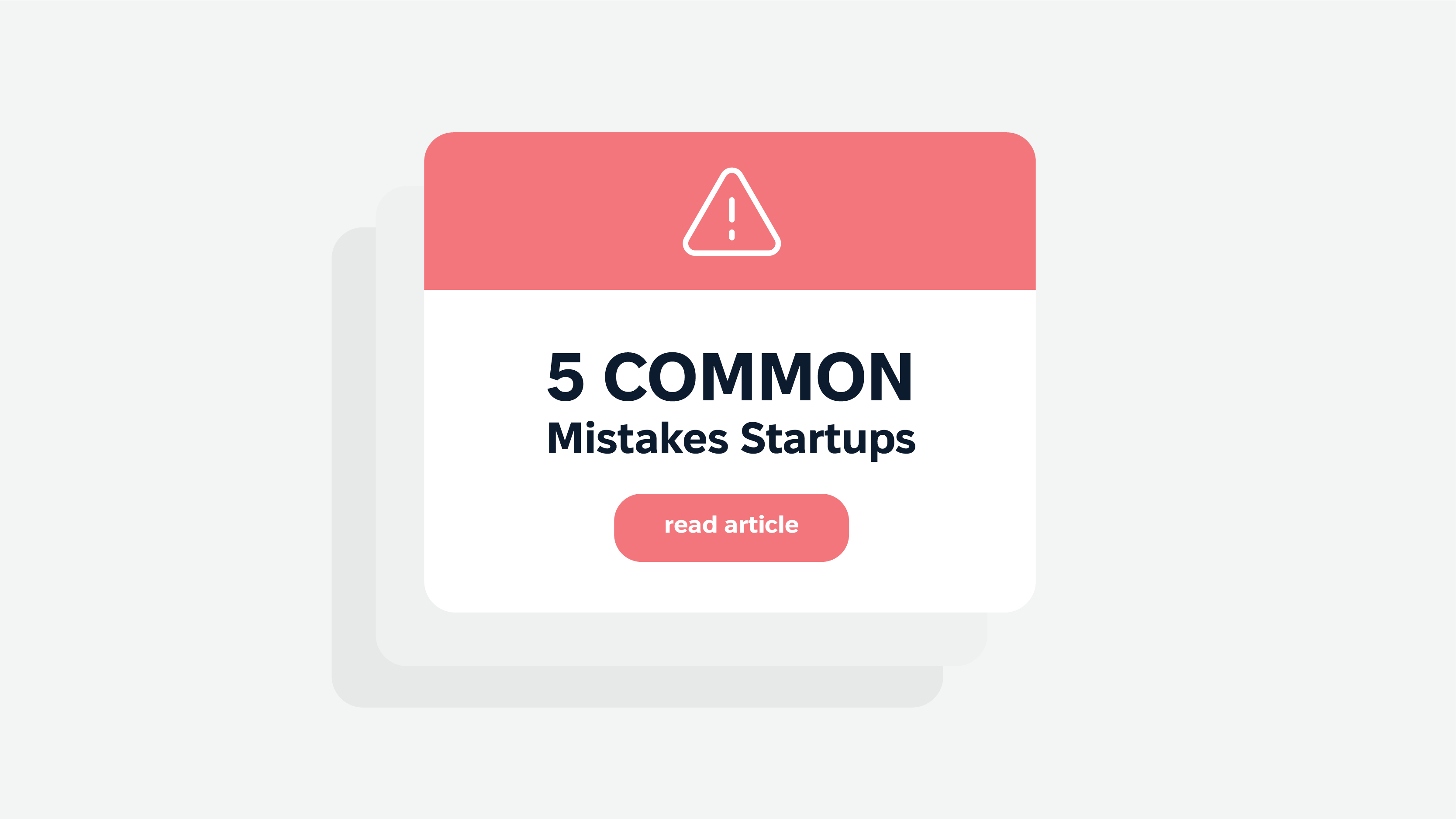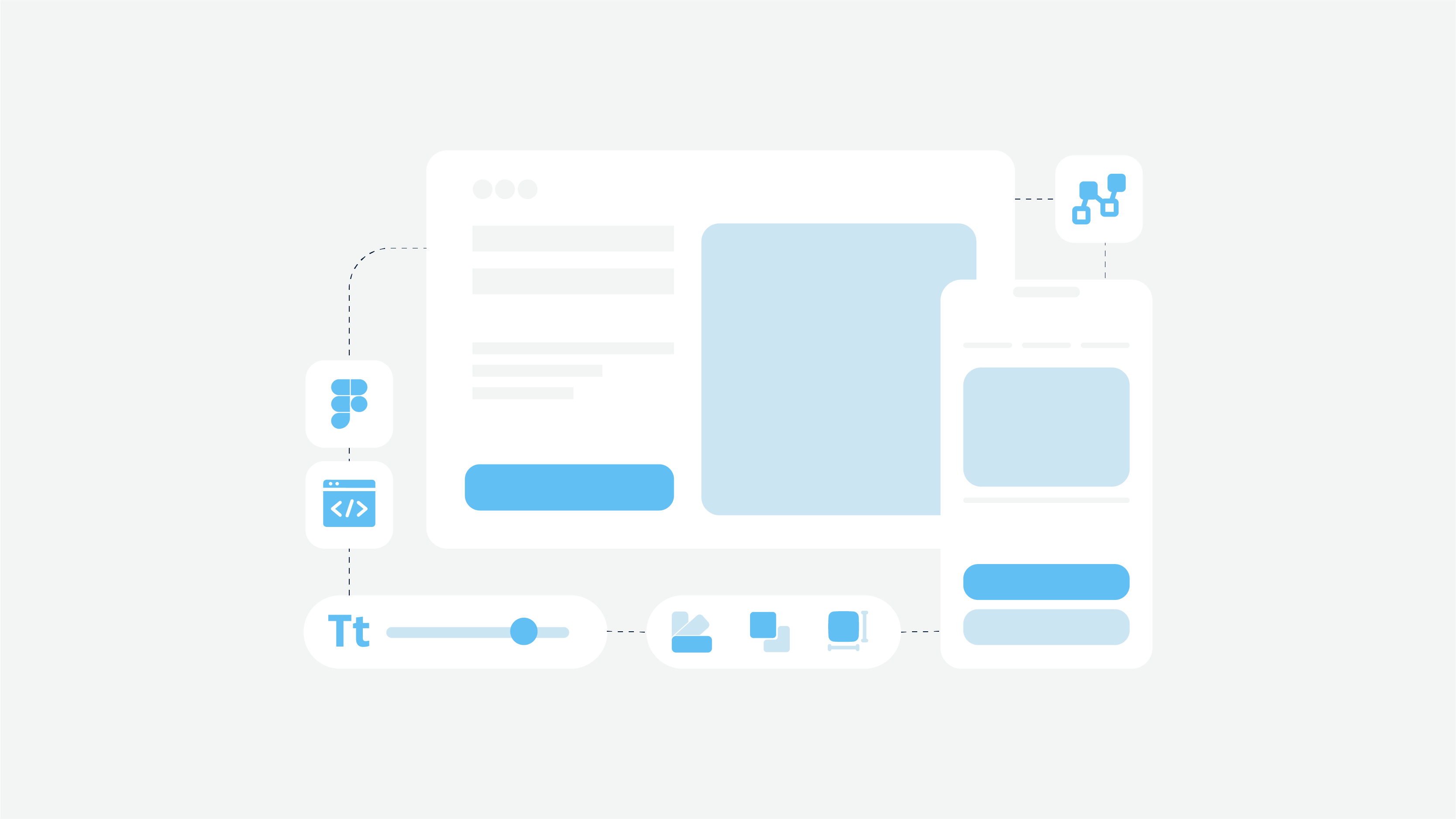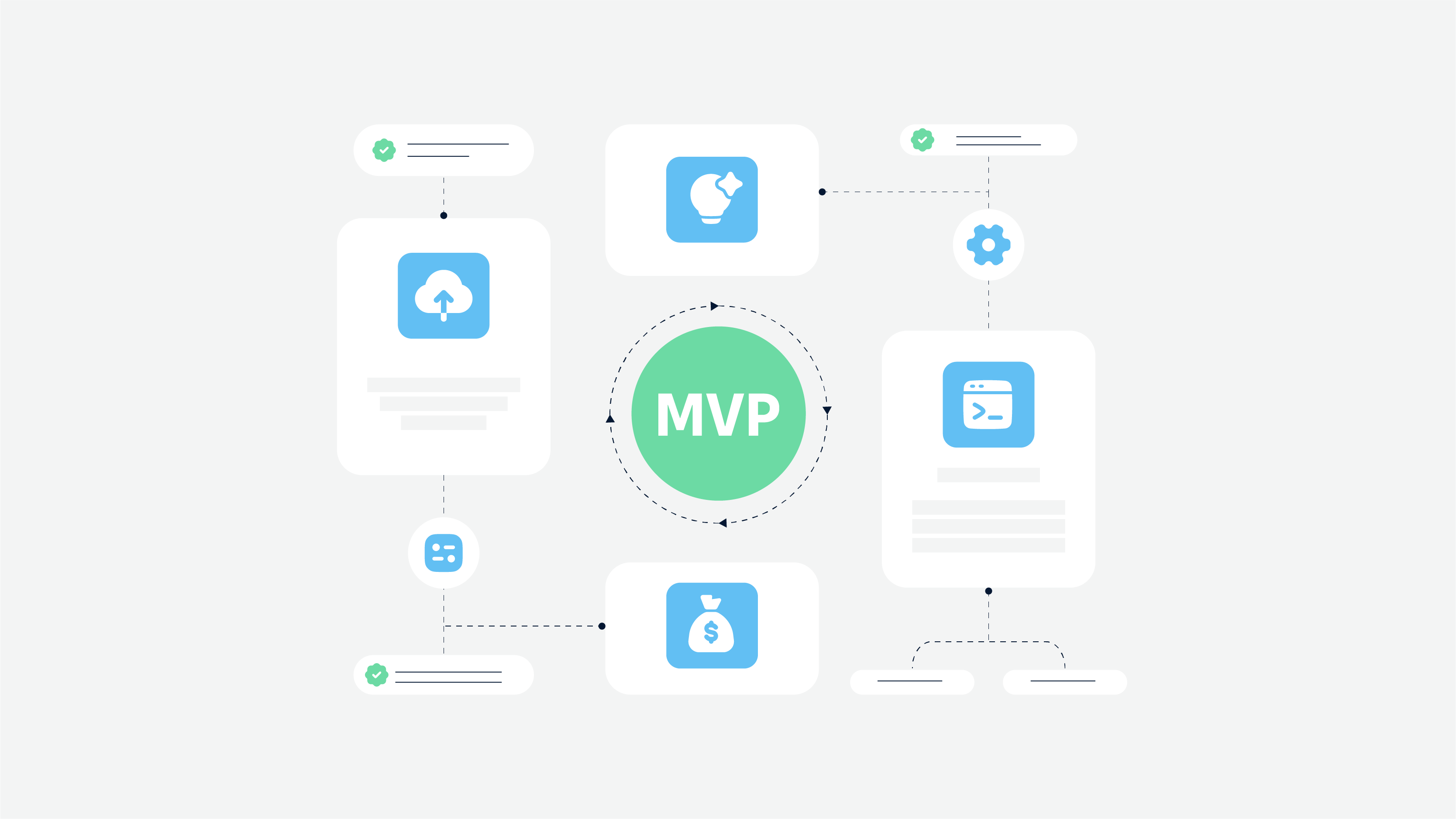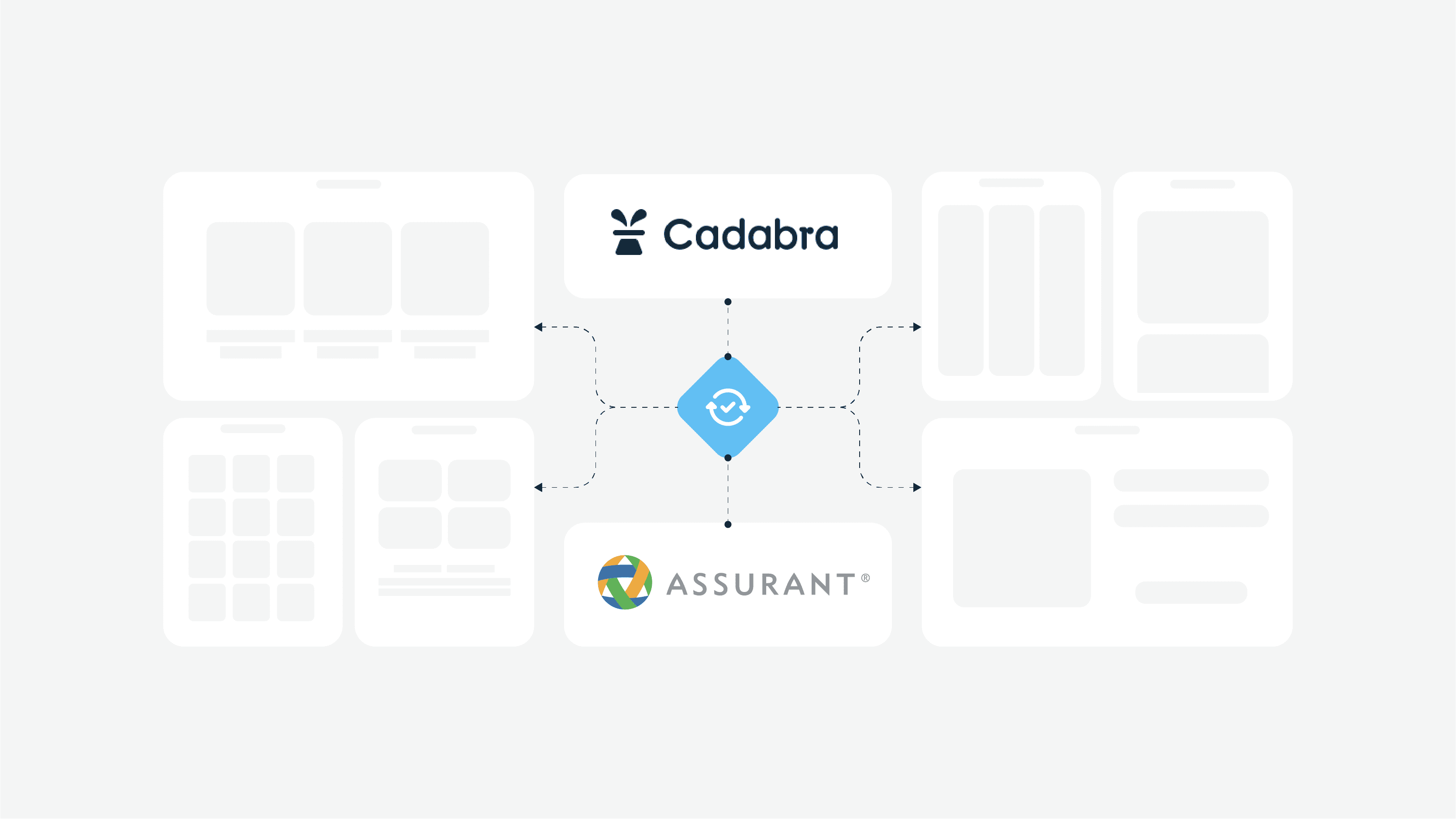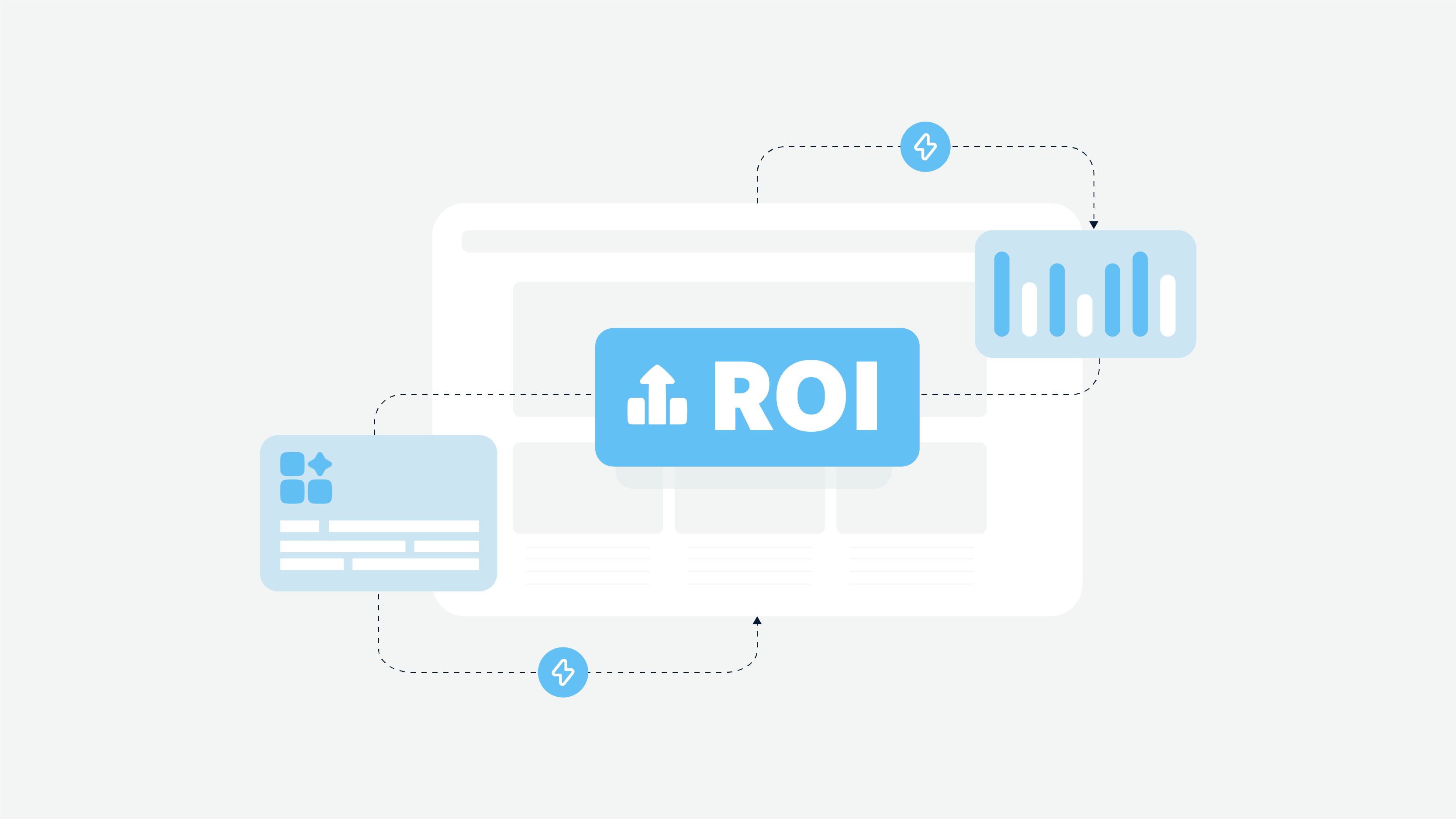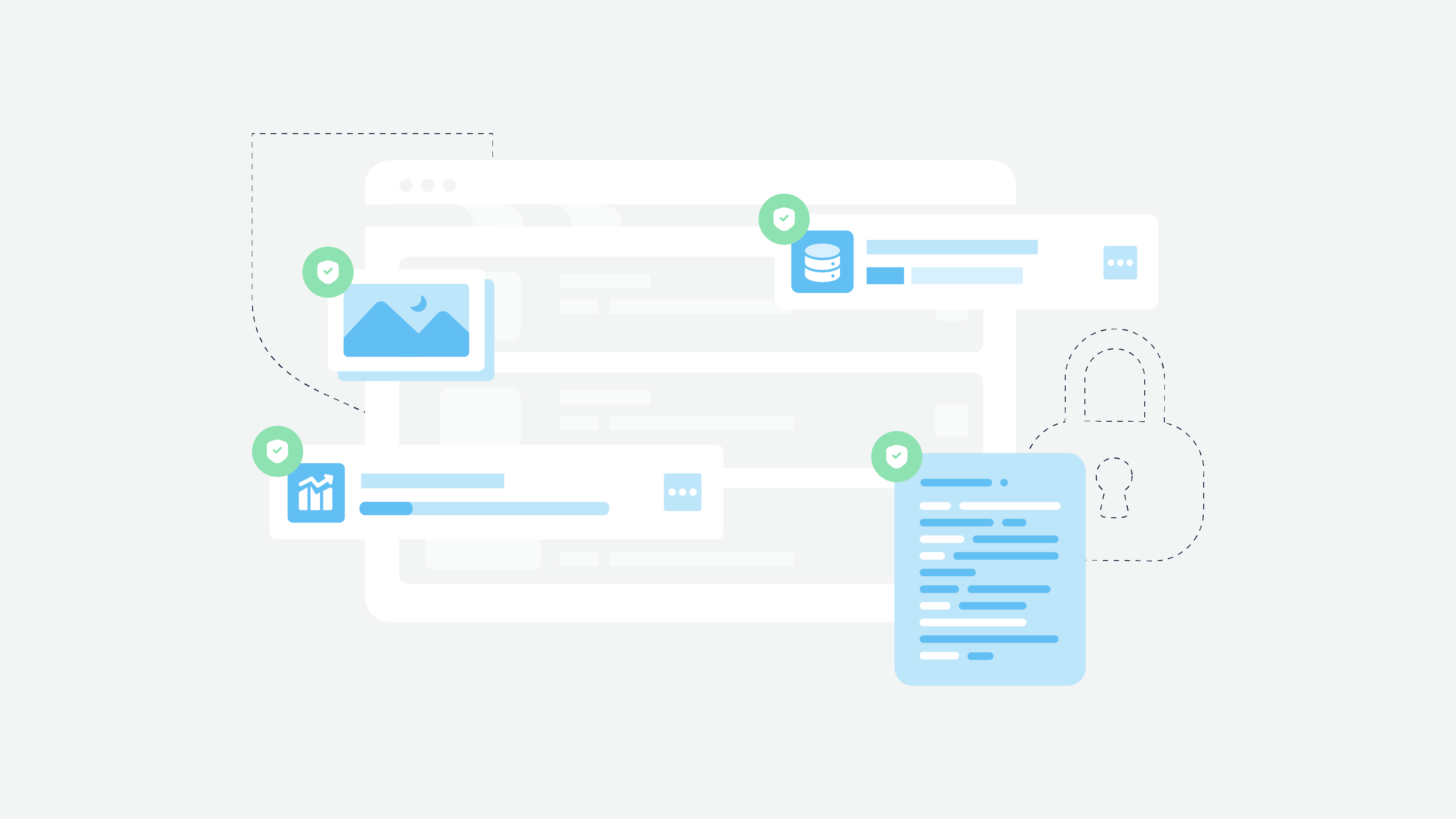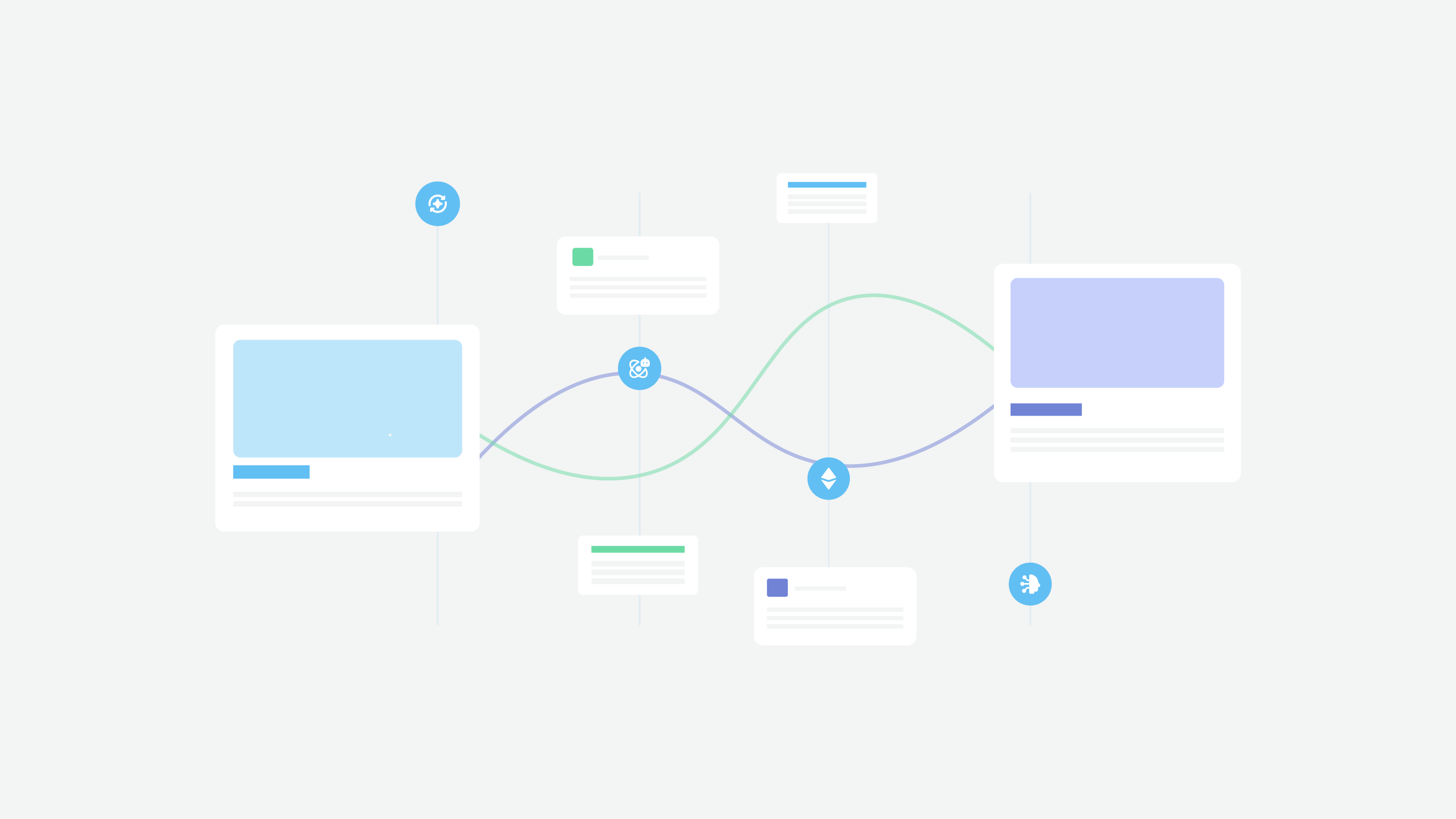If your website requires financial transaction processing, you have to consider using payment gateway integration services. But it is crucial to find a trustworthy payment gateway provider with high-level service. And you also need to know how to add a payment method to your website.
We have prepared a straightforward payment gateway integration tutorial to help you implement everything wisely and choose a provider that fits your needs better. And, of course, we will note what a payment gateway is and the principles of its functionality.
What Is A Payment Gateway?
A payment gateway is a technical solution that allows online businesses to receive payments on their websites via banking cards and provide clients’ data verification within the shortest possible time. This gateway is a connecting link between your website and acquiring partner.
A payment gateway is a must-have step for any payment processing via the Internet. A gateway protects payment card data, encrypting confidential data of a buyer. It ensures secure payment data transfer between buyer, seller, and acquirer.
How Can Your Business Benefit From Payment Gateaway?
A payment gateway for website or mobile application has many benefits that you can easily use to optimize your product. However, a few particularly important things can give your business a competitive advantage.
Easier and faster payment process. Gateways greatly simplify the payment process: you get a ready-made working solution, starting from the authorization request and ending with the completion of the transaction.
Higher security and regulatory compliance. Credit card payments are always associated with strict security requirements such as PCI DSS. By using a payment gateway, you automatically get an improved security system, fraud prevention and compliance with all regulatory standards.
Different types of transactions are supported. Some APIs support different types of transactions, and if you integrate such a solution into your system, you can give customers the option to pay with more than just a bank card. It is convenient and quite farsighted.
Payment getaways are not only about fast and secure online payments but also about advanced purchasing user experience due to the opportunity to use stored payment information. This is also a huge benefit for any web or mobile app.
How Payment Gateway Works
Well, the good news is that you, as an eCommerce business owner, don’t need to delve into the technical background of gateway functionality. Thus, payment gateway integration into eCommerce websites or any other website type implies that you need to choose a provider and integrate it into your software using an easy-to-use setup wizard. That’s all.

But if you want to have a more comprehensive picture, gateways usually work based on the following standards:
A client places an order on your website. They move to a shopping cart and enter their payment information.
A payment gateway receives payment info, encrypts it, and sends it to the payment processor via a secure channel.
The client is redirected to the payment processor.
The payment processor verifies whether the payment was successful and sends a relevant message to the client.
- While accepting online payments, the payment processor verifies whether the payment was successful and sends a relevant message to the client.
A buyer can return to the online store.
Thus, a payment gateway is responsible for proper client-payment processor communication. And such a connection should be efficient, fast and, most importantly, secure as the payment system for website deals with the client’s personal data.
Do you need an eCommerce website to start a new business? Contact Cadabra Studio to start building it right now.
Types Of Payment Systems
Before you start choosing a payment method and gateway provider, it will help you understand what types of payment systems exist. Thus, you will find out their principles of functionality and their difference.
Hosted payment gateways. These gateways imply that your customers are redirected to the payment service provider page from your website’s checkout page. Then, a customer fills in their payment details, and once the payment is made, they are redirected back to your website.
PayPal is one of the most popular examples. Hosted payment gateways are quite a convenient option: the provider processes transactions and is responsible for data protection, and the merchant can easily customize the system according to specific website needs.
Self-hosted payment gateways. In self-hosted or non-hosted payment gateways, no third party is involved in payment service provision. All payment details are collected directly by the eCommerce website owner. And then, all these details are sent to the payment gateway URL. Such gateways usually require customers to input a secret code to complete the transaction. Shopify Payments is an example of self-hosted payment gateways.
API hosted payment gateways. Customers input their payment data right on the merchant’s checkout page. Then their payment is processed using API or HTTP queries. This is the most user-friendly payment system since customers spend less time, and this method can be used on mobile devices. Stripe is one of the API-hosted gateways you probably heard about.
Direct payment gateway. Also known as a local bank integration, this type redirects customers from your website to the bank’s website, where they input all details to complete the payment process. After the payment is made, customers get back to the merchant’s website and receive the payment notification.
As we can see, payment systems can vary. The main differences lie in payment gateway integration, the involvement of third parties, and a primary approach to payment transactions.
Requirements For Payment Gateway Integration
You cannot forget about the integration process’s legal aspects if you plan to use a payment gateway on your website and provide users with payment services. You must ensure that your customers may trust your website when implementing an online payment system.
PCI DSS certification. Payment Card Industry Data Security Standards (PCI DSS) is a set of requirements that any business must comply with if it stores, processes, or transmits customers’ payment data. The PCI DSS standard’s primary purpose is to ensure a secure network infrastructure and cardholder data protection. This standard compliance is mandatory in any region.
GDPR compliance. General Data Protection Regulation, or GDPR, is applied to any organization that processes and stores personal data in the European Union. Thus, if your business is located in the EU or you work outside the EU, but you process EU citizens’ personal data, GDPR compliance is necessary. You can check more about the GDPR in the article about the GDPR compliance checklist.
Strong customer authentication (SCA). SCA is a requirement included in the EU Directive on Payment Services, which is related to all payment gateway providers operating in the European economic sector. SCA ensures all electronic payments to be protected by multi-factor authentication.
If you do your business in the USA and California particularly, you must comply with the CCPA regulation. The article about CCPA compliance will reveal more information. Also, financial institutions in the USA and other regions must follow local anti-money laundering laws.
Top Five Payment Gateway Providers
“What is the best online payment system for my website?” — you ask. We recommend you start selecting a payment gateway provider that has the most exciting conditions for your business. We will list five primary providers that are used in the majority of apps.

Stripe
Stripe is an international system for protected e-payments made with plastic cards. Stripe uses all primary payment methods like Google Pay, Apple Pay, Alipay, etc. Stripe is a leading provider of payment services and has a lot of advantages over other systems.
This provider meets all international security standards, and it complies with the first level PCI DSS certification. Stripe processes all payments very fast; it has an intelligent anti-fraud system, easy setup process. Also, it supports more than 135 currencies.
PayPal
PayPal is the second payment gateway provider that follows Stripe and becomes its main competitor. PayPal is used by about 164 million merchants in the world. It is known for a wide range of scalable solutions for all types and sizes of businesses. PayPal processes all major debit and credit cards.
Also, the PayPal payment system for a website and mobile apps has a Braintree payment system in its division. Braintree was a standalone payment gateway provider previously, but PayPal acquired it in 2013. Braintree can boast about one significant advantage — it bills international transactions without an additional fee.
Amazon Pay
Of course, a giant like Amazon decided not to lag behind and launch its payment gateway as well. The focus of the Amazon Pay system is on mobile use, but it can be used on websites as well. Just mind creating a responsive design that will adapt to mobile screen size.
Amazon Pay also works with all major payment cards, and today more and more eCommerce websites use the Amazon Pay button to let customers process their payments. However, customers should have registered Amazon accounts. Otherwise, they won’t be able to make payment.
Authorize.Net
The next provider on our list is the Authorize.Net payment gateway provider that is the oldest — it was established in 1996. It serves about 430,000 merchants at the moment, and it handles about 1 billion transactions every year. Authorize.Net can be integrated into your website quickly, and it has such features as recurring payments, invoicing, fraud-prevention filters, mobile payments, virtual PoS system, etc.
Square
Square is not only a payment gateway, it also works as a virtual PoS (point-of-sale) terminal. Like PayPal, Square has its ecosystem — Square Payments, Square PoS, Square Register, Square Online Checkout. It means that if you integrate Square Payments into your website, you will be able to use the benefits of other Square products.
When you choose an online payment system for a website, each of the listed ones can become the best option for you. However, PayPal and Stripe gain the lead, and you can think about what is better.
Stripe vs. PayPal — which one is better? Well, that depends on your requirements. If you own a business with complex functionality, your website processes ACH payments (Automated Clearing House — bank-to-bank payments in the USA) — Stripe is your choice. If you need a simple solution, a digital wallet ecosystem that PayPal can provide you with — use a PayPal for your business.
Note! However, keep in mind that not all payment systems allow making payments from anywhere in the world. As for PayPal, it doesn’t function properly in every country due to local restrictions. That is why you need to consider these nuances if you plan to receive payments from different regions.
How To Add Payment Method In Website
The payment gateway integration process is not so complicated, but we consider it necessary to share some steps on how to do it.
Cadabra team has solid experience in e-commerce product development and provides a full range of web development services. You can do it on your own or contact the development team to assist you. But first things first.

Delve Into Services Your Hosting Provider Has
Your website must use web hosting services for proper maintenance, and the hosting provider submits all relevant functions you may need. And apart from basic functionality, you can check for payment support your hosting provider offers. Multiple hosting providers have their payment integration services you can choose from.
Choose A Gateway Provider
According to the website’s needs, you can choose a payment gateway provider; it can be hosted, non-hosted, self-hosted gateway, as we described existing types above. Remember that non-hosted websites are more expensive since customers don’t need to leave your website to make payments. Just make sure that providers are reliable.
Make Your Website Compliant With Local Regulations
Website payment integration is a complex process that cannot be completed without regulatory compliance. PCI DSS compliance is the first step you should take when providing payment services to your customers. Some payment service providers provide compliance for their customers, but not all. This issue should be clarified and resolved as soon as possible.
Also, don’t forget about personal data processing regulations in your region. If you ignore them, your business will be subject to penalties. But, most of all, you will lose the trust of your customers.
Regulatory compliance is an integral part of developers’ work that requires relevant knowledge and skills. And this applies not only to payment gateway services but also to any software that deals with money or personal data.
The team defines all important standards at the first stages of product development and controls their compliance. And even if you decide to integrate a ready-made payment solution instead of a custom one, it is important to find a reliable and experienced development partner.
Add Payment Methods You Want To Use
Payment methods may depend on the type of your website and its particularities. Payment methods include debit or credit cards, mobile payments, bank transfers, e-wallets, etc. As a rule, credit and debit cards are the primary payment methods most eCommerce businesses use (and other companies as well). When you choose a payment method, use a Sandbox account (a protected account to run any app securely) to test how the payment gateway functions, whether all features work correctly or not.
Register A Merchant Account
When the payment gateway setup is finished, you need to create a merchant account and connect the payments system for a website with your account. It will be necessary to organize the transfer of payments from customers directly to your bank’s account (that is, the account of your company).
But you may ignore the central part of this process. How? Suppose you hire a full-stack development company like Cadabra Studio to create your website. In that case, you may focus on other, more crucial tasks since Cadabra Studio will take over steps like payment gateway setup, compliance with regulations, adding of payment methods, etc. The development of a website means that our company is involved in the implementation of related tasks.
What is the cost of your software development? Contact Cadabra Studio to get a detailed estimate within the protest period.
Don’t Forget the User Experience!
The security and speed of the payment method are crucial, but the user experience is also important. The more convenient and accessible payment is for your customers, the easier it is to convince them to make a purchase. Very often, it is at the moment of payment that the client leaves the site because your method requires too much effort.
So, before payment integration, try to understand how convenient and fast the system is for the user. Does it have a lot of fields to fill in that will annoy buyers? What is the page loading speed? How easy is it to use payment cards? All this is part of the UX, which should keep the user on the site and provide him with a comfortable digital journey.
If you are a bit confused about the right user experience, we will be happy to advise you on this topic as a company that provides high-quality UI/UX design services.
How Much Does It Cost To Integrate A Payment Gateway?
The cost of payment gateway integration will depend on the gateway you chose. For example, apart from monthly charges, some payment service providers offer additional features like PCI compliance certification, integration with software for accounting, data encryption, customization API tools, etc. Thus, the final cost may be different. But let’s look through the pricing of payment gateway providers we listed above.

Stripe. It has no setup fees, and its integrated basic package charges 2,9% + $0,30 per successful card charge. However, Stripe offers a customized solution as well — it is available for businesses with large payments volume.
PayPal. The pricing of PayPal is more complicated, and it will depend on the region you plan to use it for. For example, in the US, transactions will be charged at 2,9% + $0,30 per one, similar to Stripe pricing. The pricing in other regions is the following 3,9% + a fee according to the currency used. And it also has no setup fees.
Amazon Pay. The domestic processing fee is 2,9% per transaction, and $0,30 is the authorization fee. Cross-border processing fee (i.e., outside the US region) is 3,9% + $0,30 of authorization fee.
Authorize.Net. If you don’t have a merchant account, you will pay a $25 monthly gateway fee, 2.9% + $0,30 per transaction. If a merchant account is already registered, you will pay a $25 monthly gateway fee, $0,10 per transaction, and a $0,10 daily batch fee. No setup fees are required for both plans.
Square. It also has no setup fees, and you will need to pay a 2.9% + $0.30 fee for all online transactions and 2,75% for in-person transactions.
Drawing The Line
What do you need to integrate a payment gateway into your website? You need to determine what type of payment systems you need and choose a provider with the most attractive conditions for your business. Or you can cooperate with the Cadabra Studio team and let us do the most complicated part of the work for you.
Our developers and DevOps engineers know how to do it quickly and efficiently. So contact us and together we can deal with any task (even if you think it is unresolved).



